While some people treat planting flowers as a hobby which gave them the trademark as “Plantito and Plantita”, however, not everyone has enough space to plant. There are crops you cannot grow in warm temperature such as carrot, cabbage, and more. Yet, there are certain crops you can easily grow just outside your house.
Although, these crops can bear the humidity in the Philippines, ample amount of water and care must still be given to them in order to have a bountiful harvest within several months or years.
Obviously, the first thing you must take note is seeds to sow and enough space where you can settle them. Eventually, you will need to water them diligently and give them fertilizers for a fruitful yield as well as abundant amount of sunlight.
For those living in the rural areas, they consider dumps of cows and carabaos as effective fertilizers. Well, for those who are fortunate, you can just purchase fertilizers in the market.
With all that being said, if you take interest in planting, might as well read this article. The pictures below are actual photos of newly planted crops which means it is really viable to plant them with your available area.
1. Sweet potato (Kamote)
Presumably, you must have heard of this world’s prominent root crop. It was actually introduced in the Philippines by Mexican. Sweet potato is commonly seen sprawling everywhere. It is a hairy vine with seemingly heart-shaped leaves. Its tops, leaves, and tuberous roots are all edible and can be a source carbohydrates and calories which can be an alternative to rice. Approximately, it can be harvested in just 180 days. K-Drama fans out there know that sweet potato serves as a comfort food in Korea especially with its cold weather.
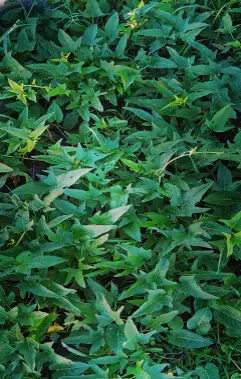
2. Ladies’ fingers (Okra)
Fond of the famous delicacy “Pinakbet”? You must have tasted the viscous and slimy green seed pods of this flowering plant known as “Okra”. You can depict this pod as long, green, and slender which will come out after 2 to 3 days from its flower. It’s actually rich in nutrients and good with our digestion. It’s best to grow okra during summer as it matures quickly in this season. An estimated 60 days is enough before you can harvest it in due time.

3. Taro (Gabi)
One distinguishable thing about taro is probably its downward pointing-heart leaves which seems to be waterproof. Its leaves are attached to its petiole which originated from its tuberous rootstock called corm or the “laman”. Panay Island in the Visayas and the Bicol Region in Southern Luzon are notably known for their fetish on gabi even if it has a reputation of having an acridity and itchiness when it’s not properly cooked. Taro can sexually be reproduced by seed or by its corm or the “laman”. It takes at least 8 months before harvest time, that’s when leaves start to yellow and dry up.

4. Lemongrass (Tanglad)
Lemongrass can be found almost anywhere specially in provinces but if you are living in the urban side; this plant would seem foreign to you. You can picture the lemongrass as tall, perennial green herb which is used as a traditional medicine for some and flavoring for the others. It can be compared to the taste and citrus of a lemon. You will wait for 5 to 6 months to be able to cut off from your lemongrass but the proper time to harvest it is actually when it’s ten months old.

5. Tomato (Kamatis)
Let’s just say that tomatoes prefer scorching heat rather than tropical weather since they cannot withstand frost. Tomato is actually the most favorite vegetable of Americans. It comes in varying sizes and types from tiny currant or cherry to large beefsteak. Some opt buying tomato plants from nursery. But you can either sow tomato seed indoors before you transplant them or directly sow the seeds in your available area, ideally with full sun. If given proper care, tomatoes can be harvested between 60 to 65 days.
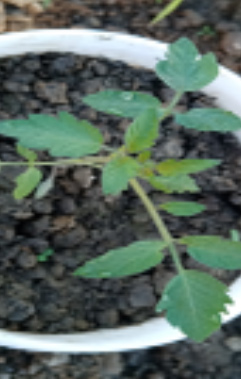
6. Bitter gourd (Ampalaya)
Its name gave away its most notable description. Bitter Gourd has a heart-shaped leaves and bear circle or oblong-shaped fruits with warts which as aforementioned taste pungent. Its leaves and fruit can be both eaten and believed to lower blood sugar levels and treat ailments. When cooking, with eggs, for instance, you can reduce its bitterness by soaking the sliced pieces in a bowl of water with enough salt. You can harvest the Bitter gourd from its peduncle after 18 to 20 days when it attains its full size.
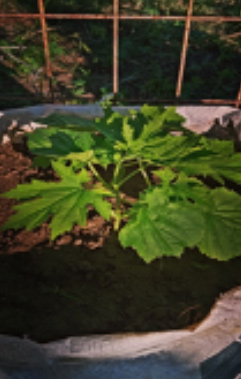
7. Chili pepper (Sili)
Now, let’s spice-up a little. Everyone who is an aficionado of spicy dishes, perhaps, have some Chili pepper planted in their garden or scheming to grow one. You probably watched or heard news about the previous inflation of Chili pepper in the market which reached P1000 per kilo. This must be your sign to plant them on your own. From its initial planting, you can harvest its ripened fruit after 70 days.
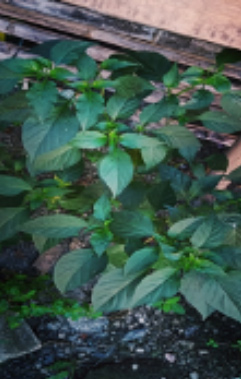
8. String bean (Sitaw)
It’s highly dubious to not know about string beans since it is one of the most popular garden plants in the world. Whether you want to cook “adobong sitaw”, boil the string bean and dip onto some fermented fish, or just simply put it in sinigang dish is not a problem because string beans could complement with anything. String bean provides the body with fiber and protein. It’s easy to grow especially during the summer season which takes about 45 to 60 days.
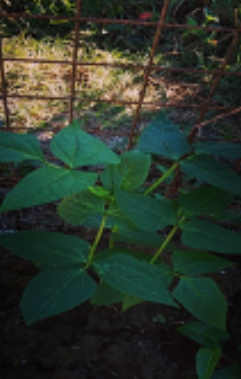
9. Winged bean (Sigarilyas)
“Singkamas at talong, sigarilyas at mani.” If you sang along to that nursery rhyme, you are a true-blooded Filipino. Ilocanos must be familiar with its four angled “wings” pod with a habit of vining. Its pods, seeds, leaves, flowers, and tubers can be all eaten either raw or cooked. Winged beans can usually be harvested at its 75 days.
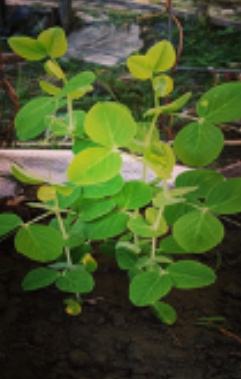
10. Sponge gourd (Patola)
Sponge gourd is one of the gourd family. Strange enough, it is a cylindrical fruit that looks almost the same to the Bitter gourd but with ridges. Its inside texture is smooth and creamy-white with plenty of seeds. Summer can be the peak season of sponge gourd so it’s better to plant them at this phase. It is known for its famous recipe which is sponge gourd with misua. Wait for about 4 months before you can finally harvest them.
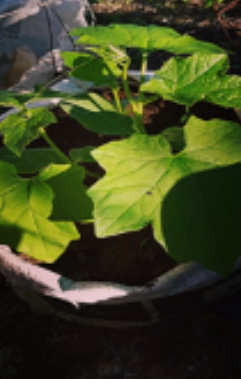
That’s it! Planting may sound basic and simple but as my “mama” said, those who have “mabigat ang kamay” can never grow any crops with their hands. And as cliché as it seems, you will always reap what you sow.